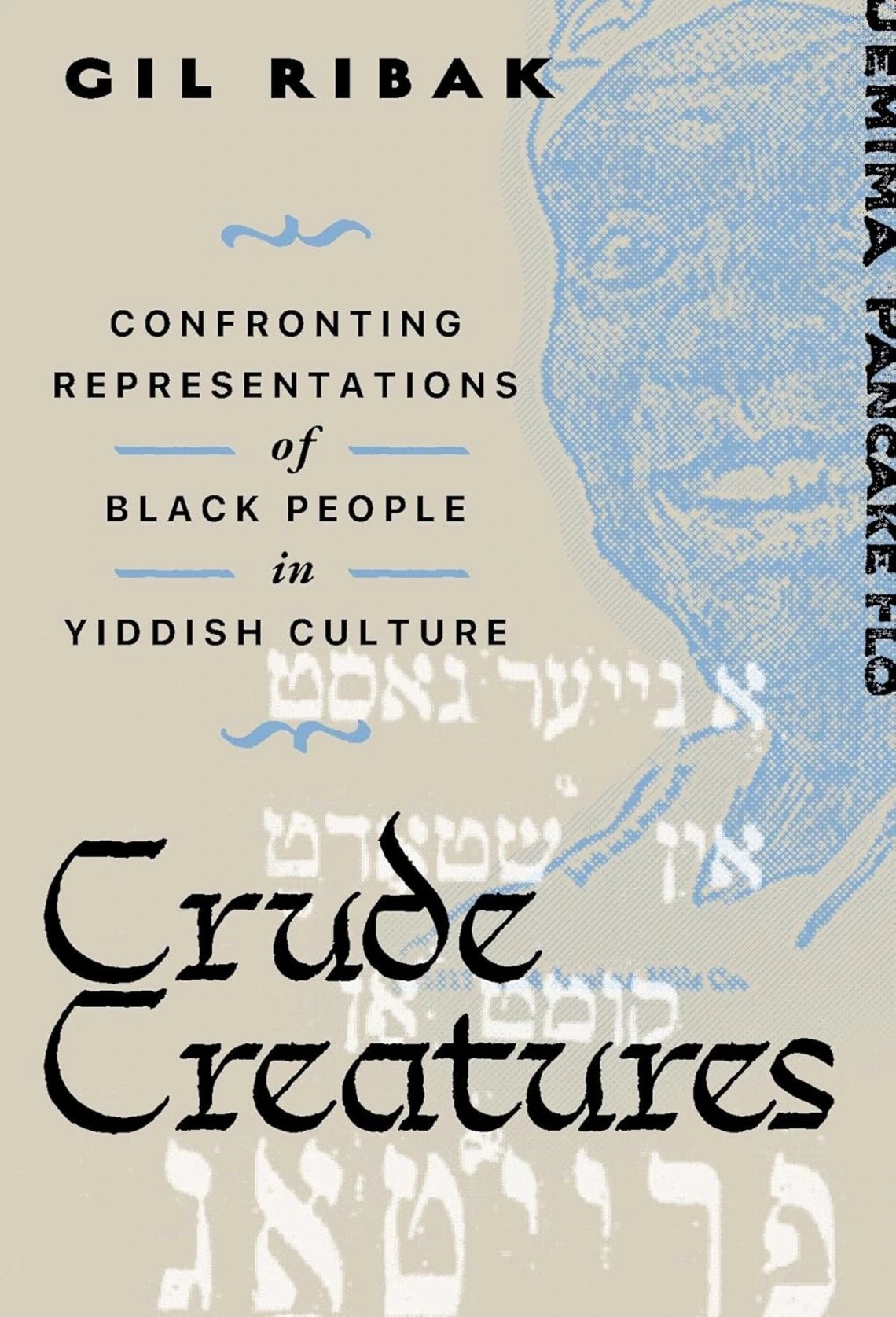Crude Creatures: Confronting Representations of Black People in Yiddish Culture

Understandings of Black-Jewish relations have been notable for the near consensus among scholars that the Yiddish press repeatedly condemned discrimination and prejudice against African Americans, and highlighted the similarities between the situation of Jews in Eastern Europe and Blacks in America. This book argues that this view covers just a sliver of the varied representations of Black women and men. East European Jewish culture during the immigration era was not uniformly supportive of Black Americans as those interpretations suggest.
Crude Creatures draws on a mixture of previously unexplored Yiddish press, theatre, and literature from Eastern Europe and the United States through 1929 to examine how Black Africans and African Americans were depicted. It charts a significant gap between the sincere condemnation of lynching, violence against Black Americans, and racial segregation on the one hand, and the ways in which Jewish authors, newspapers, playwrights, actors, and theater managers actually represented Black people on the other. While most East European Jews would not have seen a Black person before their arrival in America, they had already acquired preconceived imagery of Black people through rabbinic exegesis, pious advice, travel narratives (either original or adapted from other languages), folklore, scientific explorations, pulp literature, press reports, political rhetoric, and educational materials. Thus, Yiddish writers commonly described Black people as cannibals, oversexed, prone to violence, childlike, or just happy-go-lucky people.
Crude Creatures provides a critical revision, correcting the accepted rosy narrative of Black women and men’s portrayals in Yiddish culture, and highlighting what we can learn from these representations about how immigrant groups integrated their own cultures into American racial hierarchy and vocabulary.

